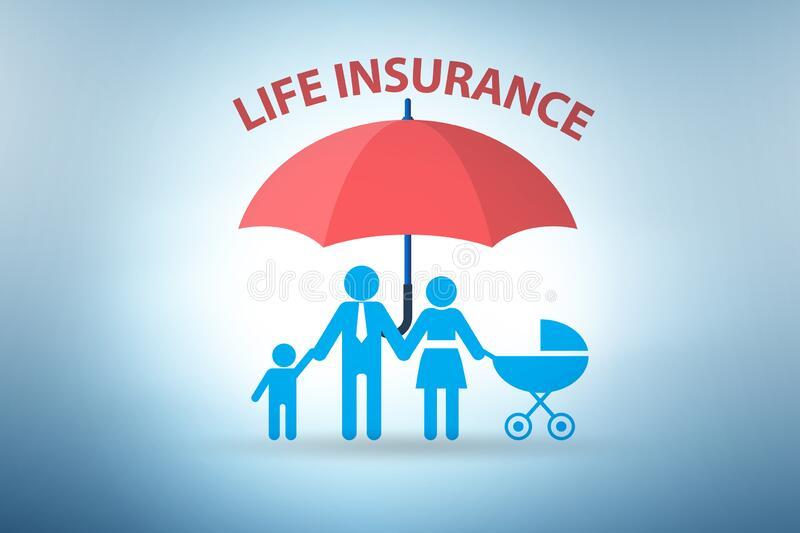What factors go into the pricing of life insurance quotes?
There are many factors that are considered when you sign up for life insurance — some within your control and some not. In general, younger, healthier people get the lowest life insurance rates. But there’s more to it than that.
When you get a quote for life insurance, insurance companies have a vested interest in certain aspects of your life in order to calculate your mortality risk. These details are closely evaluated during the life insurance company’s underwriting period and used to price your policy accordingly.
Knowing which risk factors are most important can help you make good decisions on what kind of life insurance policy is best for leaving a sufficient financial safety net for your loved ones.
1. Age
Age is the most significant indicator of someone’s mortality risk. The reasoning behind this is quite simple: the younger you are, the less likely you are to die soon, compared to older people. Because of this, life insurance premiums are much cheaper for young adults than for senior citizens or retirees.
2. Gender
Insurance companies use historical data to help inform prices. Because this information reflects that on average, women live longer than men, life insurance rates tend to be more expensive for male clients.
3. Personal health history
Your health plays a major role in the cost of your life insurance. Along with age, this is one of the most important contributing factors to what you pay for coverage. The life insurance company will likely want proof of your health status with a medical exam. Those with pre-existing or chronic medical issues will pay more expensive premiums than people who are relatively healthy.
Learn more about high-risk life insurance.
4. Smoking
Whether or not tobacco use is part of your lifestyle is also a risk factor in determining life insurance premiums. Due to the increased likelihood of health issues and myriad illnesses correlated to smoking, smokers are considered to be higher-risk clients than non-smokers.
5. Family health history
Many illnesses can be traced to genetics — and if you have a family history of being prone to certain conditions or diseases, your insurer will factor that into your life insurance premium. Getting details of your family’s medical background helps insurers get an idea of how your own health may be impacted as you age.
6. Career and hobbies
The line of work you’re in, along with how you spend your leisure and recreational time, are also factors in your quote for life insurance. Those who have jobs that are riskier — test pilots, loggers and miners, for instance — typically pay higher life insurance rates due to the elevated injury and mortality rates associated with these careers. The same holds true for certain hobbies, but depending on your life insurance provider, these could be less influential on your rate compared to what kind of job you hold.
7. Driving, criminal and credit records
A history of car accidents and driving violations — especially if these occurred within the past three to five years — is also an indicator of risk by insurance companies because they will consider you more likely to suffer an accidental death.
It can also be difficult for those with criminal records, particularly felons, to find affordable life insurance coverage — if they can qualify for coverage at all. And while credit score doesn’t directly impact your life insurance rate, insurers will usually pull a soft credit check; if your financial history reveals things like bankruptcies and missed credit card payments, you could be denied coverage or face higher premiums.
8. Life insurance policy type and amount of coverage
There’s a sizable price difference between types of life insurance policies — term life insurance is much cheaper than whole life insurance. The length of coverage (temporary vs. lifelong, permanent life insurance) and whether or not there is a cash value component are the key reasons why policy type can greatly affect what you pay. Learn more about the differences between term and whole life insurance.
In addition to life insurance policy type, coverage for higher amounts in death benefits also increases life insurance cost — especially if the policy is for a longer term. A shorter-term life policy with a smaller death benefit comes with much lower rates.
Related Content
- Life Insurance by Age
- A Guide to High-Risk Life Insurance
About The Zebra
The Zebra is not an insurance company. We publish data-backed, expert-reviewed resources to help consumers make more informed insurance decisions.
- The Zebra’s insurance content is written and reviewed for accuracy by licensed insurance agents.
- The Zebra’s insurance content is not subject to review or alteration by insurance companies or partners.
- The Zebra’s editorial team operates independently of the company’s partnerships and commercialization interests, publishing unbiased information for consumer benefit.
- The auto insurance rates published on The Zebra’s pages are based on a comprehensive analysis of car insurance pricing data, evaluating more than 83 million insurance rates from across the United States.





